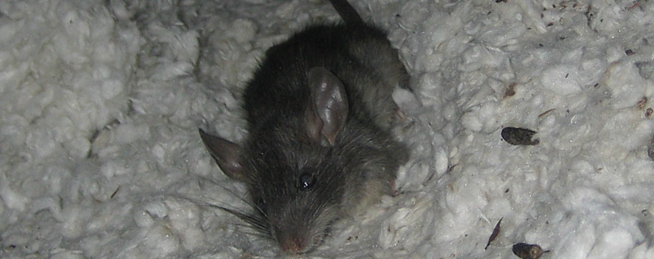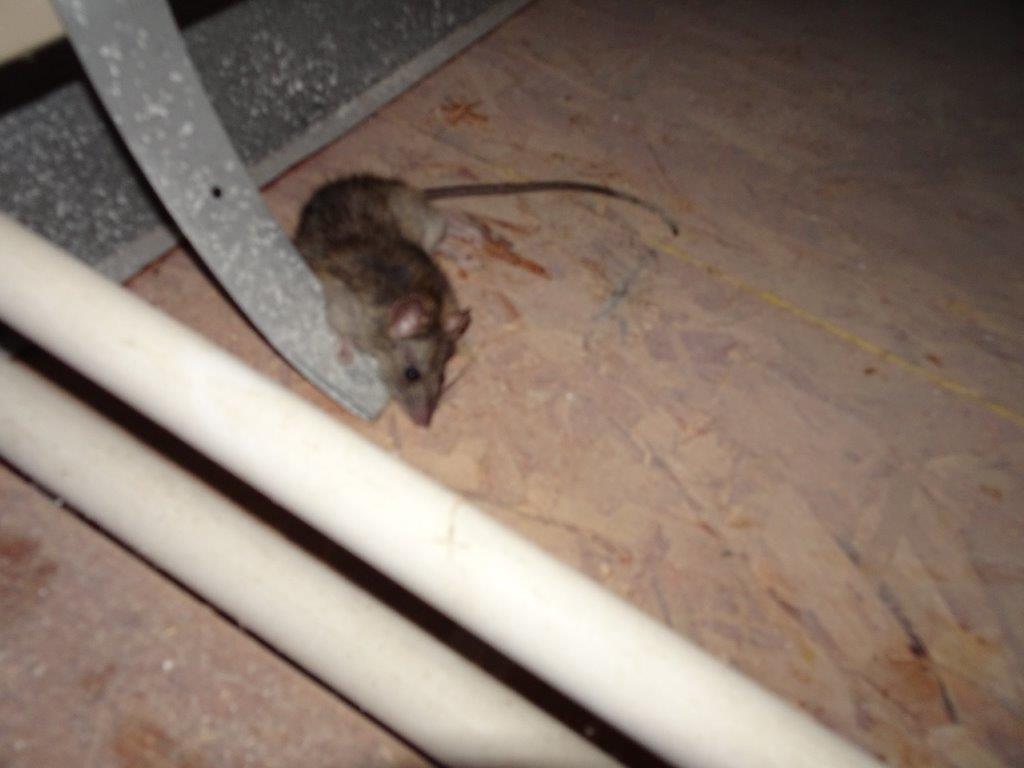Mothballs - do you know what they are? They're balls designed to repel moths, hence the name, and they are made up of deodorants and pesticides, all closely packed together in a ball, usually white, or off-white in color. They are used to keep moth larvae, and their moth older cousins, out of the confined spaces you'd usually find them - in the back of your closet, for example, and perhaps in the attic and old cases or trunks. They are called moth balls, not mouse and rat balls, and that's one thing that should give away the answer to the question. Do mothballs help to repel rats? No.

You will probably admit defeat quite quickly if you rely on repellents and deterrents such as mothballs and ammonia to get rid of rats. Some homeowners swear by them, of course, but in my experience, with over ten years of working alongside (and often against) these animals, I can honestly say that mothballs and ammonia have the lowest success rate of all rat removal methods. They just weren't created to keep rats and other vermin at bat, and the fact that someone once had success with them, enough to keep this old wive's tale going throughout the years, is probably a complete fluke. Or a result of something else that was going on at the time. Rats are animals that eat trash, and very often this trash has chemicals and other unpleasant things on it. What makes you think that a ball of pesticides and deodorant can be used to repel them?
Mothballs can actually be more dangerous than useful, and that's the case for ammonia also. That's a method you definitely shouldn't use, under any circumstances, to repel rats. Ammonia, when left lying around, proves a hazard to health, not just to the rats, but to other animals also. And it doesn't stop there - kids and even grown adults can be at risk from exposed ammonia. If a human is exposed to ammonia (in high amounts), lung damage, blindness, and even death can occur. Even in small amounts, expose to the fumes that ammonia brings can be harmful to health, causing irritation to the eyes, nose and respiratory tract as a whole. In short, it's a very bad idea to try and use it.
There is only one real tried and tested method when it comes to try to get rid of rats. Exclusion methods - one way doors, as such, that are designed to let the rats, and other wild animals, get out of your home. Once out, they are unable to come back in, and once you seal up the other holes around your home that could allow them access, they have no other way of getting inside your home or commercial property. They'll move on, and you'll be left with the cleanup operation, which, sadly, is just as extensive as the eviction process itself.
Go back to the Rats in the Attic home page.

Mothballs
Naphthalene is a dangerous toxin that can disrupt the oxygen-carrying properties of blood cells, and it's for this reason that grand claims are made about mothballs as a go-to DIY solution for rat repulsion. Unfortunately, mothballs have a very small amount of this substance inside them. While the presence of Naphthalene is certainly not overly appealing to a rat, the smell isn't enough to bother them, and they will happily go about their business unperturbed. Actually eating the mothballs would be a different story, but they have no reason to. Really it amounts to nothing more than a mild inconvenience.
Another point to bear in mind when tackling a rat problem is their tenacity. Whether or not a mothball is meaningfully toxic to a rat, all they have to do is simply find another way in. Rats are very good at this. If they can't find another way in they can often make one, gnawing through all manner of materials to get to where they need to be.
Ammonia
Ammonia is often believed to have repellent properties when it comes to rats and mice. This is because ammonia is the chemical component within urine that gives it its characteristic smell. Rats and mice will smell the ammonia and believe that a predator is marking its territory nearby. This all seems like a very logical solution, and it is certainly more plausible than mothballs.
However, while it may have a temporary effect and you may not see them for some time, the rats will likely just find other places to go. They will still be in the immediate vicinity, and they will still seek out food and shelter if there is any available at all.
Rats need a minuscule amount of food per day and only minimal livable conditions, so it’s not at all difficult for a rat to put up with half-baked home remedies. Luckily, it's also fairly straight forward to prevent them, and it's a far more robust solution for keeping rodents at bay.
Instead of giving them reasons to leave, you need to take away their reasons to stay, or ideally their reasons to be there in the first place. Below are the best ways to rid yourself of rats and mice.
- Fill any holes that they have made already, making sure that you're not sealing in any unfortunate rodents while you do it. A dead rat inside a wall is a whole different kind of nightmare.
- Keep your home clean. Unsealed food containers, poorly discarded pet food, and other edibles will do far more to attract rats than ammonia will do to deter them. If they can't get any food, they will have far less reason to risk entry.
- Repair your home. It's not just the holes that they gnaw themselves, depending on their size they can often fit through a gap the size of a quarter. It could be a crack or crevice, or loose vent on the outside of your house. You need to be vigilant and look for any possible entry points.
- Good landscaping. Rats can find protection from predators and easy entry into homes when the homes are surrounded by low growing branches and thick bushes. If they can scrabble up a tree and land on your roof, then you may as well just invite them in.








